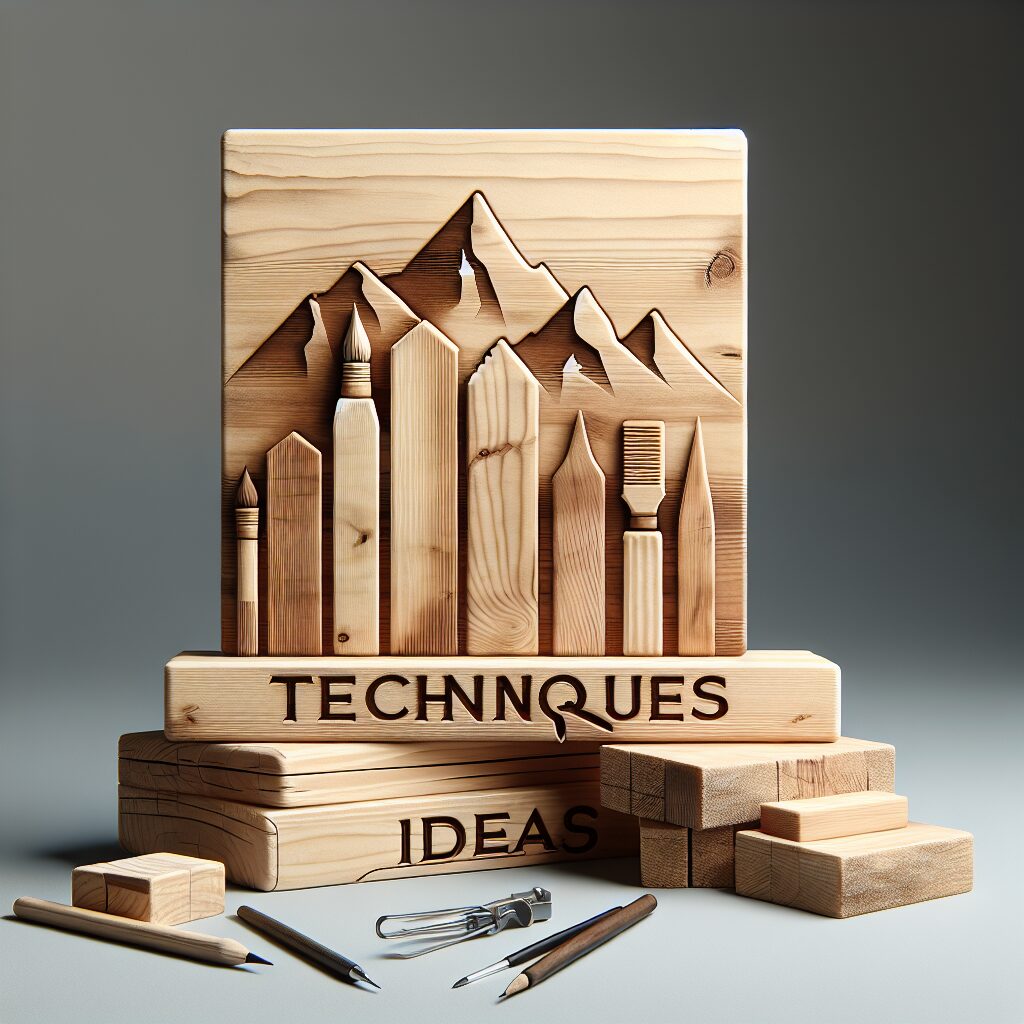Reclaimed wood is more than just a trend in modern woodworking—it’s a sustainable, character-rich, and cost-effective material choice that can elevate your projects to a whole new level. Whether you’re crafting custom furniture, rustic shelving, or artistic home décor, sourcing reclaimed wood for woodworking opens the door to a world of creativity and environmental responsibility.
In this guide, we’ll explore how to find reclaimed wood, what to look for, how to ensure it’s safe and suitable for your projects, and why it could be the best decision you make for your workshop.
Why Choose Reclaimed Wood?
Before diving into sourcing strategies, let’s look at why reclaimed wood is so appealing to woodworkers:
- Eco-Friendly: Using reclaimed wood reduces deforestation and keeps usable lumber out of landfills.
- Unique Character: Weathered textures, nail holes, and patina give each piece a one-of-a-kind story.
- Durability: Much reclaimed wood comes from old-growth trees, making it denser and more stable than newly harvested lumber.
- Cost Savings: With a little effort, you can find high-quality wood for a fraction of the cost of new timber.
Where to Source Reclaimed Wood for Woodworking
Here are some of the most effective ways to source reclaimed wood for your projects:
1. Architectural Salvage Yards
These specialty suppliers often stock a wide range of reclaimed materials, from old barn beams to hardwood flooring and siding. They’re an ideal source for quality, kiln-dried pieces that are ready for use.
Pro Tip: Always ask if the wood has been treated for pests or kiln-dried to reduce warping.
2. Demolition Sites and Renovation Projects
Local demolition and remodeling contractors often discard wood that’s still in great condition. With permission, you can salvage these pieces yourself or work out a deal to haul them away.
Bonus Tip: Keep an eye on social media groups or neighborhood apps like Nextdoor for renovation announcements.
3. Craigslist, Facebook Marketplace & Online Classifieds
You’d be surprised how many people are giving away or selling reclaimed wood at low prices. Search for terms like “barn wood,” “pallet wood,” or “old fence boards.”
4. Old Barns and Farm Structures
In rural areas, farmers often have old outbuildings with lumber that’s rich in history and character. With permission, you can sometimes remove the wood in exchange for the labor.
5. Pallets and Crates
Free and widely available, pallets are a popular option for reclaimed wood—just be sure they’re safe to use (look for the “HT” stamp, which means they’ve been heat-treated, not chemically treated).
How to Choose the Right Reclaimed Wood
Not all reclaimed wood is ready for woodworking straight out of the pile. Here’s what to consider:
✅ Check for Nails and Metal
Use a metal detector or magnet to find hidden nails or screws before cutting or planing.
✅ Inspect for Rot or Insects
Avoid pieces with soft spots, visible insect holes, or signs of mold.
✅ Look for Structural Integrity
Wood should be dry and solid. Warped, cracked, or overly brittle boards can be difficult to work with.
✅ Know the Wood Species
Some reclaimed boards are hardwoods, others are softwoods—know what you’re working with so you can match it to your project’s needs.
Prepping Reclaimed Wood for Your Project
Before putting your reclaimed wood to work, follow these steps:
- Clean Thoroughly: Use a stiff brush to remove dirt and debris. You can also wash it with water and mild soap—just let it dry completely.
- De-Nail: Carefully remove any nails, screws, or hardware.
- Mill and Plane: Run boards through a planer or jointer to flatten them and remove the outer, damaged layers.
- Kiln Dry or Treat for Pests: If you’re not sure about the moisture content or insect presence, consider kiln-drying or using a borate solution.
- Sand Smooth: Use a variety of grits to bring out the character without eliminating the wood’s unique features.
Sustainable Practices When Using Reclaimed Wood
Part of the appeal of reclaimed wood is its eco-friendly nature. To keep your woodworking green:
- Use low-VOC finishes and adhesives.
- Reuse every scrap when possible.
- Share or donate leftover materials to other makers.
Creative Project Ideas Using Reclaimed Wood
Need some inspiration? Reclaimed wood is perfect for:
- Farmhouse dining tables
- Rustic floating shelves
- Accent walls and paneling
- Headboards and bed frames
- Coffee tables with vintage patina
- Custom signs and wall art
Its natural imperfections add charm and depth that are difficult to replicate with new wood.
Common Questions About Sourcing Reclaimed Wood
Is reclaimed wood more expensive?
Sometimes yes, especially when professionally sourced and kiln-dried. But often, it’s free or cheap when salvaged yourself.
Can reclaimed wood be toxic or unsafe?
Only if it’s been treated with harmful chemicals (e.g., from railroad ties or old pressure-treated lumber). Always inspect and research the wood’s origin.
How do I make reclaimed wood look new again?
Clean, plane, sand, and finish it with natural oils or stains. But don’t be afraid to leave a bit of the character—it’s what makes reclaimed wood special.
Final Thoughts
Sourcing reclaimed wood for woodworking is not just about saving money—it’s about adding soul and sustainability to your creations. By learning where to find quality reclaimed lumber and how to prep it properly, you’ll open yourself up to new design possibilities while reducing your environmental footprint.
Whether you’re building heirloom-quality furniture or weekend DIY décor, reclaimed wood brings history, authenticity, and warmth to your workbench.






